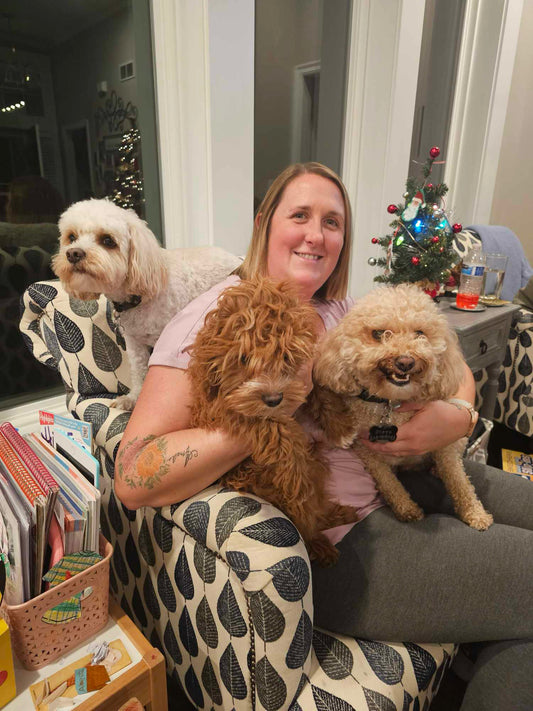As loving and caring pet owners, we want our furry friends to be happy and healthy at all times. However, sometimes dogs go through traumatic experiences that can leave them with post-traumatic stress disorder (PTSD). If your dog is experiencing PTSD, it's important to understand that they need extra love, care, and attention. In this article, we'll discuss some tips and strategies to help your dog with PTSD.
What is PTSD in Dogs?
PTSD in dogs is a condition that can develop after a dog experiences a traumatic event such as abuse, neglect, or a natural disaster. Signs of PTSD in dogs can include aggression, fearfulness, anxiety, and avoidance behavior.
Tips to Help a Dog with PTSD
1. Create a Safe Space
Creating a safe space for your dog is essential in helping them feel secure and calm. This space should be a quiet, comfortable area where your dog can retreat to when feeling stressed or overwhelmed. Providing them with a comfortable bed, toys, and water bowl in this space can help them feel more relaxed.
2. Establish a Routine
Dogs thrive on routine, and it can be particularly helpful for those experiencing PTSD. Establishing a consistent routine for your dog can help them feel more secure and reduce their anxiety. Feeding your dog at the same time each day, taking them for walks at the same time, and providing them with regular playtime can all help establish a consistent routine.
3. Use Positive Reinforcement
Positive reinforcement is a powerful tool in helping dogs with PTSD. Rewarding good behavior with treats and praise can help build trust between you and your dog. This positive interaction can also help reduce anxiety and stress.
4. Seek Professional Help
If your dog is experiencing severe PTSD symptoms, seeking professional help may be necessary. A qualified veterinarian or animal behaviorist can help diagnose and treat your dog's PTSD. They may recommend medications or behavior modification techniques to help your dog overcome their PTSD.
Strategies to Help a Dog with PTSD
1. Avoid Triggers
Avoiding triggers is an essential strategy in helping dogs with PTSD. If your dog is triggered by loud noises, avoid loud areas or situations. If they are triggered by certain people or animals, keep them away from those situations.
2. Exercise
Exercise is not only great for physical health but can also be helpful for mental health. Regular exercise can help reduce anxiety and stress in dogs. It's essential to ensure your dog gets enough exercise to help them stay calm and relaxed.
3. Massage Therapy
Massage therapy is a fantastic way to help dogs relax and reduce anxiety. It can also help alleviate any physical pain or discomfort they may be experiencing. This therapy can be done by a professional or at home by the pet owner.
4. Medications
In severe cases of PTSD, medications may be necessary. Anti-anxiety medications prescribed by a veterinarian can help reduce symptoms of anxiety and fearfulness in dogs.
Conclusion
PTSD can be a challenging condition for dogs and their owners. However, with patience, love, and the right strategies, you can help your furry friend overcome their PTSD. Creating a safe space, establishing a routine, using positive reinforcement, seeking professional help, avoiding triggers, regular exercise, massage therapy, and medication are all helpful strategies in helping dogs with PTSD. Remember, each dog is unique, and what works for one may not work for another, so it's essential to work with a professional to determine the best strategies for your dog's specific needs.






